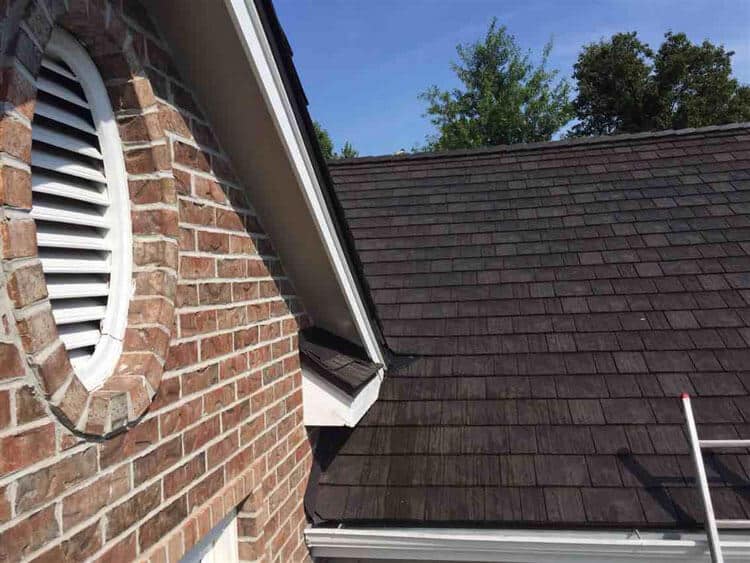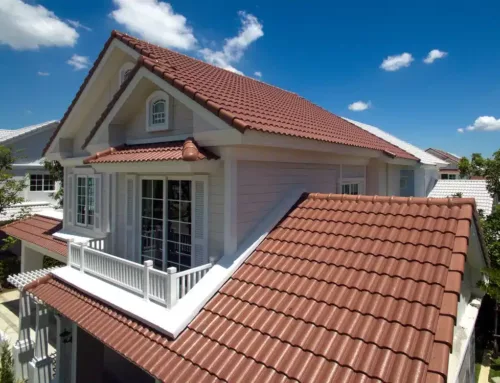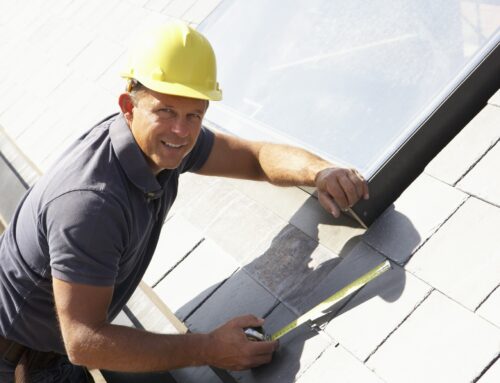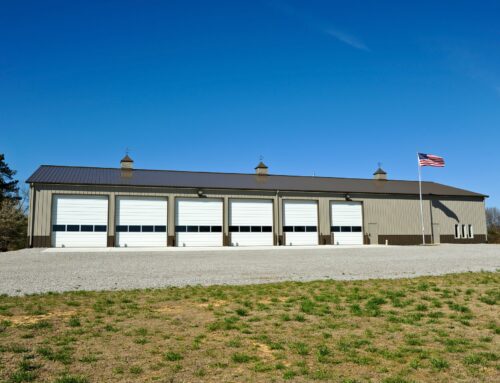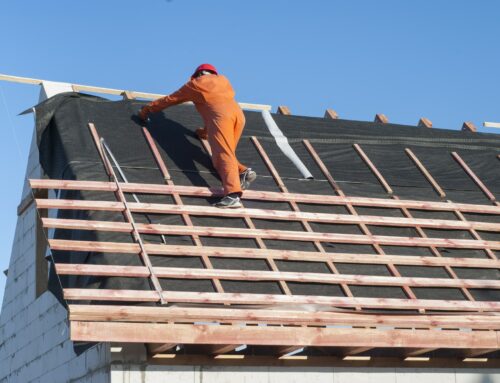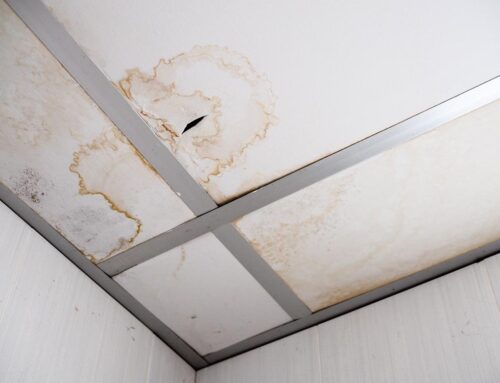Have you ever seen condensation trapped between the panes of glass in your windows? For many people this is a pretty common occurrence, and it doesn’t always signify any type of serious problem.
However, when it comes to your roof, condensation can mean trouble.
The fact is, condensation is a natural process. It occurs when warmer air, full of moisture comes into contact with a cooler surface.
Damage and Roof Condensation – It’s a Real Possibility
When there is a condensation problem in your home’s attic, mildew and mold may flourish. Additionally, the structural members of your roof may begin to age and deteriorate prematurely. The warmth that rises up to the roof’s underside may melt the bottom layer of snow on the roof, which is going to allow water to run down to the eaves, and then refreeze. As time passes, this may result in ice damming at your roof’s edge, along with water backups, that can cause damage to the roof, decking, underlayment, and exterior walls or attic.
Tips for Fixing a Condensation Problem
If you want to make sure that condensation does not start to form inside of your attic, then you need to take these two steps:
- Make sure sufficient ventilation is installed: The proper amount and type of ventilation in the attic helps to create natural air circulation. This is going to get rid of moist, warm air and keep it from entering the lower levels of the home. A good rule of thumb to follow is to have one square foot of venting for every 300 square feet of floor space in your attic. For the ventilation to be effective, you also need an even split of your roof vents or the ridge so that the wind movement can pull the warm air out of the attic, along with intake vents on the eaves to effectively draw in the replacement air.
- Keep moisture and heat from entering: It’s a well-known fact that warm air rises, and as a result, it may seep into your attic via any avenue. Some of the easiest routes for this air to travel include an improperly installed bathroom exhaust fan, an improperly sealed recessed can lights, drop ceilings, wall top plates, and access hatches. To help keep heated air from rising and forming condensation on the roof, it’s necessary to ensure that exhaust vents are properly routed outside. Also, have all sources of leaks sealed and ensure the attic floor is insulated. The best type of insulation to use is blown-in fiberglass, as it expands to form various heat-retaining air pockets.
The fact is, condensation can be a real problem for a wide array of roofs. As a result, it is a good idea to make sure that you take note and take steps to prevent this problem in your home. If you need help, or if you think that damage has already occurred, the best thing you can do is contact the professionals. They can ensure your roof is protected from potential condensation damage.


